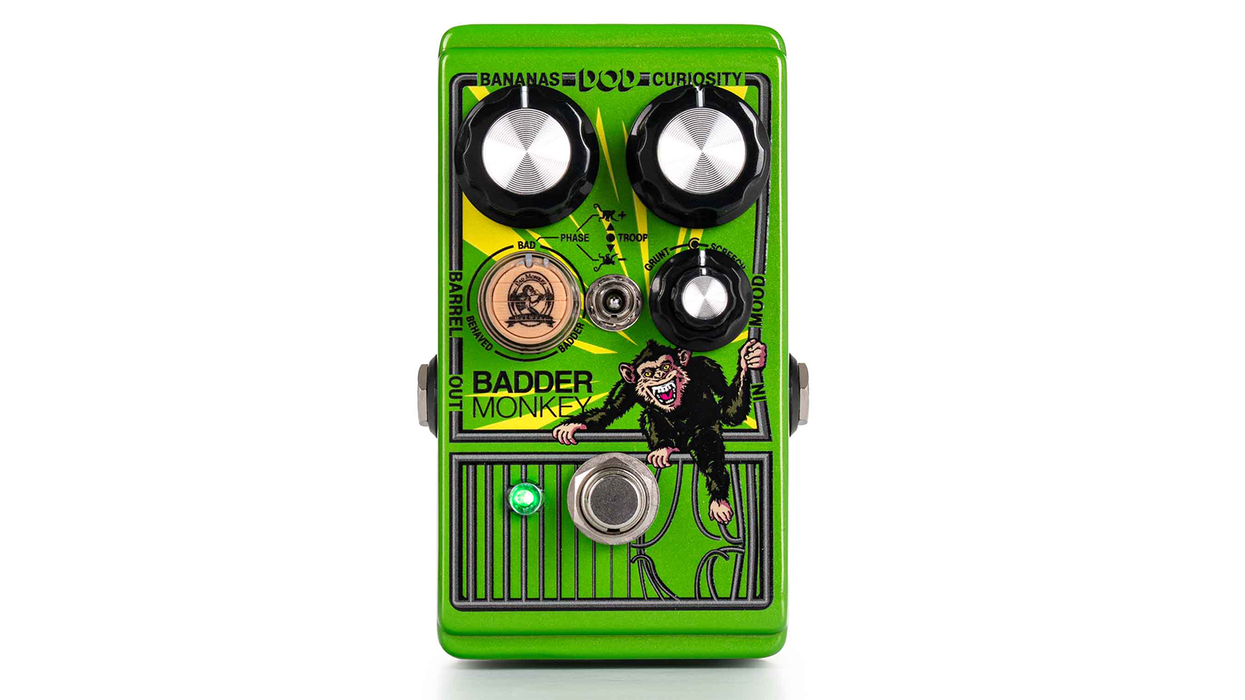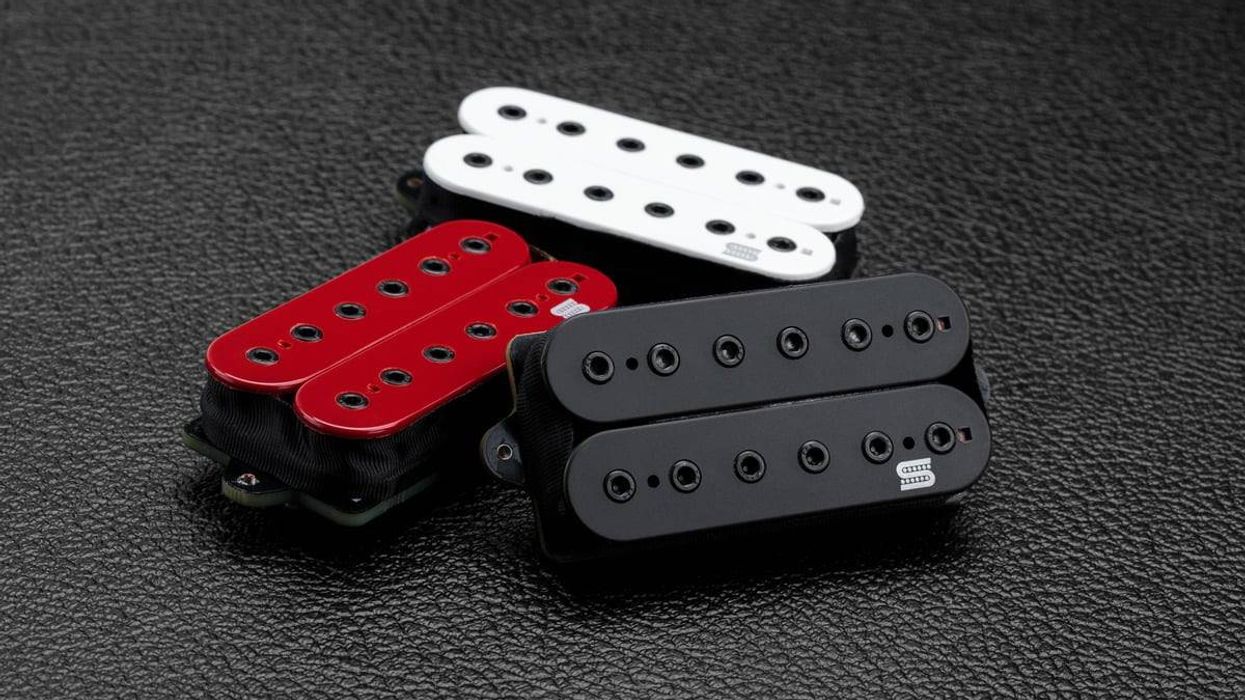Last month I discussed two sides of my buying spectrum, as a collector and as a dealer. This month we will visit Kevin the player, the side that has the strongest demands as a purchaser. I will also give you some tips on purchasing a vintage bass.
The Player
As a player in my late 40s, my instrument demands are unwavering and very focused. As a player in my younger days, I used every vintage bass for no other reason than that I could. I’d gig with every brand, every model—it really didn’t matter. Now after 35 years of solid, steady playing, my instrument demands are pinpoint. This is due to physical demands and as well as ease and consistency. Some of you younger guys have not experienced back problems, tendonitis, wrist issues, etc. For gigging and recording, 100 percent of my basses have to meet the following criteria: they must play like a vintage Fender, hang like a Fender and have the Fender neck radius; they must engage the muscle memory of either a P or a J bass. I guess I’m only using vintage Fender products!
My main bass is my trusty ‘58 P-Bass. I will also use my ‘62 J-Bass on occasion. So what exactly do I look for when buying a vintage bass? I can tell literally in 20 seconds whether or not I will buy a particular bass. I like my action on the low side, but it cannot choke when played aggressively. The neck must have a consistent relief curve. I’m not a big stickler on originality with my player gear, especially when it comes to frets and other items that wear. However, the neck must have a proper set of old-school frets perfectly installed. I also will not play a bass with a refinished neck. To me, it drastically alters the feel. I prefer original hardware, but as long as I can revert back to vintagestyle hardware, I’m ok.
When I wrote a “5 Builders” piece for PG a few months ago [“5 Pre-CBS-Inspired Bass Builders You Should Meet” Sept., 2009], the vintage builders all agreed that you must use the vintage-style tuners and bridge assemblies or it alters the instrument. I agree. A must on an old Fender bass is original pickups. If a rewind was correctly done, that doesn’t bother me in the least. I guess what I’m saying is: as a player, give me a good pre-CBS bass, have it play great and let it be somewhat original and I’m okay. I use refins all the time, as long as the neck has the original finish. This sums up what I’m going to use—but what I will hold onto is a whole ‘nother story.
What I will keep forever and use consistently is my version of the “Truth,” a beat-to-death old Fender bass that has a perfect neck, original finish and mostly original components. My forementioned ’58 P fits the bill, except that bass is 100 percent original down to the case and the covers. This ’58 P is the second best P-Bass I ever played; the best was a ‘60 that I sold to Tino Sanchez in Boston in order to buy my ‘58. I’ve begged, I’ve wallowed— Tino will never sell this bass! This sums up what I demand in a personal player bass.
Tips on Purchasing a Vintage Bass
Let’s make something perfectly clear. No one needs a vintage bass. Putting an amplified bass through a PA system… lets face it, 99 percent of the people will not hear a difference. Quite frankly, other than other musicians in the audience, no one knows the difference between a P-Bass and a peanut. The recording studio is a different story, but realistically what’s your ratio between live and studio time? Buying a vintage bass is a purely selfish act—but boy is it ever fun! I do it all the time! This is a want, not a need. With that being said, here are the questions and tips for buying your next pride and joy.
Determine your budget: How much can you actually spend on your bass? Did you include sales tax, shipping and luthier work? Can you justify your budget? Avoid buyer’s remorse at all costs. I’ve seen many deals get unraveled when the spouse finds out or the bill comes in.
Know that you can use what you want: This is not a simple issue of whether you want a Precision or a Jazz Bass. This is more of a “I really want a BC Rich Bich 8-string bass, but I play in a traditional jazz trio” sort of question.
Don’t buy something you know nothing about: We’ve all done it, but play one first! We see the great looking bass that we have to have, but when it comes in from the big brown truck or we get it home, we ask ourselves “What did I do?” I see this a lot with first-time buyers of a bass they’ve never owned. It happens especially with Rickenbackers because the muscle memory is missing playing the neck. It also happens with Thunderbirds due to the sheer size of the thing, the neck dive issue, lack of intonation above the 10th fret and the subdued highs.
The Low Down Bottom line: Indulge! Enjoy!
There’s nothing like owning a great vintage bass. About two years ago I sold a deadly ‘64 “Truth” P-Bass to a friend in New Orleans. He was gigging at a bar and another friend heard the ungodly tone of this bass while walking down the street. He went into the club and was floored. This story made quite a few forums, and that’s what it’s all about. The tone and feel cannot be emulated, as demonstrated by my Custom Shop vs. Real Deal series done a ways back [“The Four Rs,” Feb., Mar. and Apr., 2009]. Next issue, tips on how to try out and buy vintage basses. Until next time, drop the gig bag and bring the cannoli!
Kevin Borden
Kevin Borden has been a bass player since 1975 and is currently the principle and co-owner, with “Dr.” Ben Sopranzetti, of Kebo’s Bass Works: kebosbassworks.com. He can be reached at: Kebobass@yahoo.com. Feel free to call him KeBo.




![Rig Rundown: AFI [2025]](https://www.premierguitar.com/media-library/youtube.jpg?id=62064741&width=1245&height=700&quality=70&coordinates=0%2C0%2C0%2C0)












 Shop Scott's Rig
Shop Scott's Rig















































